|
Non-profits, Eagle Scout projects, libraries, churches, religious buildings, and public spaces are areas where people seek to create memorials for loved ones, to mark the remembrance of an important event, or to create a meditative space. Landscaping in the front of religious and non- profit buildings is important because it communicates an image to the community and the people they serve. It is the first thing clients, worshipers, and donors see when entering a building. These spaces need to be inviting, low maintenance, budget friendly and sometimes communicate the mission or vision of the organization. This blog post will outline what you should know when designing and maintaining small volunteer public spaces, like the areas outside of a library, landscapes surrounding non-profit buildings and worship spaces, as well as memorial gardens. If you are planning to memorialize a loved one at your church, park or school, you can use these guidelines when discussing options with your organization. Let’s say that you have determined the location of your project. There are several questions you need to ask yourself before you can begin: What is the budget? Determines level of donor funds required for immediate installation and for maintenance. How will the space be used? Defines the material used, orientation of seating, safety and lighting issues, and location of memorial plaques or signs. If it is a prayerful space, consider buffering for sound and traffic noise. When will the space be used? This will influence specific choices in lighting, accessibility, safety and weather factors like wind, salting and shoveling. Who are the key players and decision makers? Identify if there are councils, leaders or volunteer boards that need to be involved. Clearly understand how often communication needs to take place and who has final approval of various aspects of the project. Assess your growing conditions, and select only plants designed to thrive in those conditions. Careful evaluation of sun, shadows, salt spray, and utilities (above and below) saves money. Selecting native plants will improve chances of success. Natives rarely require pesticides. You’ll also save money which would have been spent replacing dead plants which weren’t well-suited for the location. Who will install and manage the installation? If you have the money and materials, now it’s time to evaluate the number of volunteers needed to install your plan. This effort may simply require working with a maintenance staff member, but it may involve coordinating many people over a weekend. Though it may seem obvious, ensure someone is in charge of the volunteers. What are the maintenance requirements and how much will maintenance cost? This is probably the most important question that determines the success of the project. Who will weed, water and mulch? Who will treat pavers or concrete? Restain wood bench? Manage pests? Even an aluminum bench in the woods needs annual tending to keep weeds from growing up and around it. Not only do project volunteers have to consider weeding and annual mulching, but hardscape maintenance is also part of maintenance consideration: pavers need treated with silicon, concrete needs sealing, light bulbs need replacing. How and who will maintain the site? An often overlooked, but necessary aspect of planning ensures the space achieves and keeps its goals for many years. Key Design Principles for Sites on a budget and managed by volunteers: Know your site conditions: Evaluate planting zone, sun, soil, moisture, wind, utilities, snow, salt spray, deer browsing and safety concerns. Choose plants that are low maintenance: Read labels and choose plants that require minimal pruning. Choose plants that are disease and pest resistant. Native plants often fit the bill and new cultivars are bred to be friendly for a small garden. Plant in layers: When the garden is mature, plants should cover the soil so that minimal mulch is needed and weed seeds can’t contact bare soil. This doesn’t mean beds are overplanted. It means that low-growing ground covers and shrubs serve as a “green mulch.” Quality: Benches are commonly used to memorialize loved ones. Invest in commercial grade benches, planters and lights. Residential quality products purchased at local stores will disappoint and require replacement. Commercial grade products last decades. By choosing commercial grade products, planting the right plant in the right spot, and choosing low maintenance plants, you increase the likelihood the space will achieve its long-term goals at minimal cost. Let’s take a look at a couple of examples to illustrate designs and effort required for non-profit landscapes. Mary’s Place: Pittsburgh Home for Homeless Pregnant WomenThis non-profit serves the spiritual, physical and emotional needs of homeless pregnant mothers and their children in Pittsburgh. The volunteers purchased a friary perfectly suited for the mission. The landscape needed to be low maintenance, low budget, and fit into a residential neighborhood. When residents walk through the beautiful, original door, the board wanted to recreate the feeling of ‘coming home’ rather than living in a commercial ‘facility’. The home’s outside plant material was overgrown and had invasive ivy growing on the building. The board organized a group of 100 volunteers over a weekend to rip out and install the foundation planting. A local landscape center sold plants at a discount. The growing conditions are part sun with an abundance of deer. Plants used were: Clethra, Deutzia, Boxwood, Bird’s nest spruce, dwarf Korean Viburnum and mixed begonia. These plants won’t outgrow their space, have little pest and disease issues and, with the exception of begonias, offer four seasons of interest. AFTER St. Bernard Catholic Church - PittsburghDonor Garden to Memorialize a Young Member of St. Bernard Church in Mt. Lebanon, PA The purpose was to have a space to memorialize a loved one. The space chosen is in the front of St. Bernard Catholic Church located on a major road used by commuters and passed by pedestrians. The site is also located at a stop light. The donor garden communicates the Patron Saint of the church, Saint Bernard. Traffic moves quickly past this location. QA Architecture was hired to design the hardscape and Gwen’s company designed the plantings to reflect the architecture and symbols of St. Bernard. The installation was completed by professional contractors. Maintenance is done by paid staff at the church. Massed plantings of boxwood, hydrangea paniculata and “knock out” roses were used to create a long season of blooming and compliment the formal architecture of the building. Annual pruning and a small amount of mulch are the only maintenance needed at this site. Prayer Space: St. Bernard needed to move a beloved Mary statue and create a prayer and meditation space that could also be used for seasonal celebrations, like May Crowning and First Communion celebrations for their elementary school. A church member donated funds for this project. The result is an attractive, peaceful space which naturally welcomes parishioners. Commercial grade benches and pots were used. Volunteers install annual plantings. Paid maintenance staff weed, prune and mulch this area. Plants used in this space were Ilex Opaca (Amerian Holly), Deutzia, Lilac and Roses. BEFORE AFTER 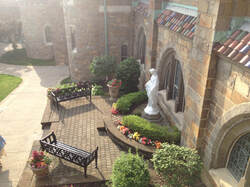 Gardens in public places create a lasting impression. That’s why careful thought and planning should be done long before shovels touch the ground. These are the kinds of projects that deliver intangible benefits like welcome, hope, and love for our neighbors and community.
0 Comments
Your comment will be posted after it is approved.
Leave a Reply. |
Thank you for finding us! Holly and I have collaborated to bring you informative, fun, and seasonal garden inspiration blogs.
Subscribe to receive our blogs on the 1st and 15th of the month--Gwen Follow my landscape & garden design Pinterest Page to see more pics, inspiration and Gwen's home garden journey!
AuthorsGwen Wisniewski: Landscape and Garden Designer. Contact me. Let me help you integrate these garden inspirations. Choose the links below to find out more about my landscape design service or to make an appointment. |
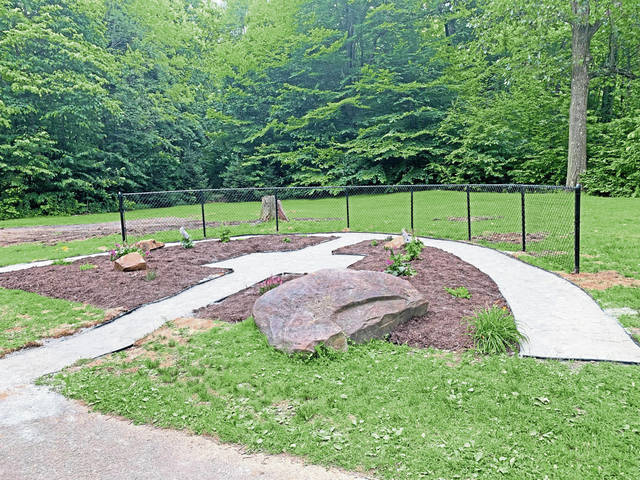
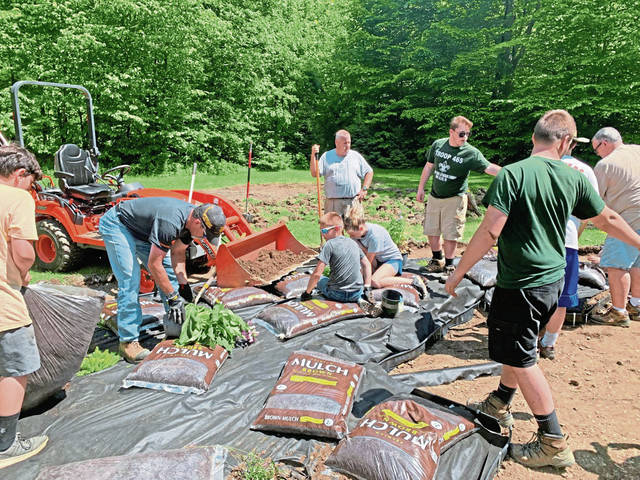
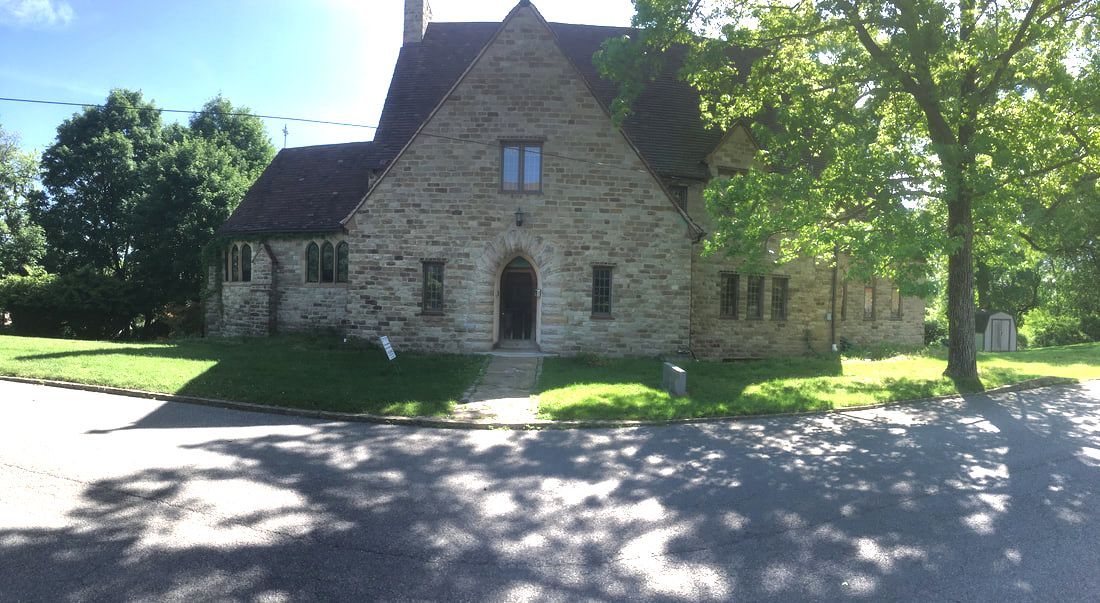
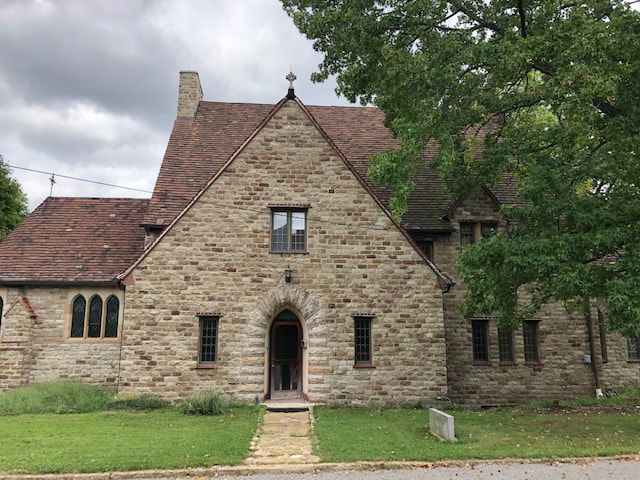
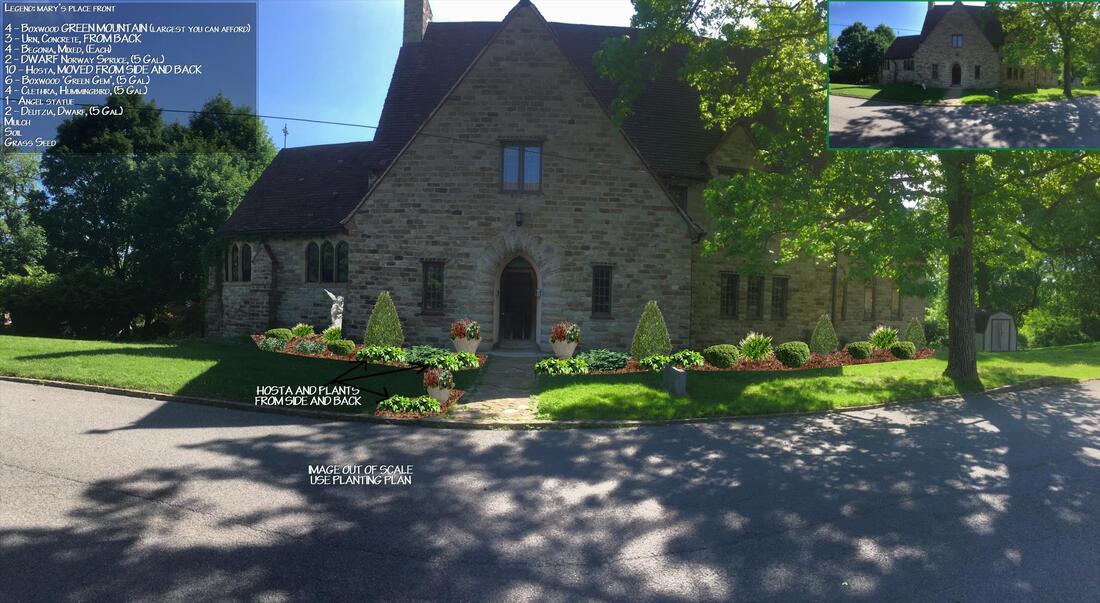
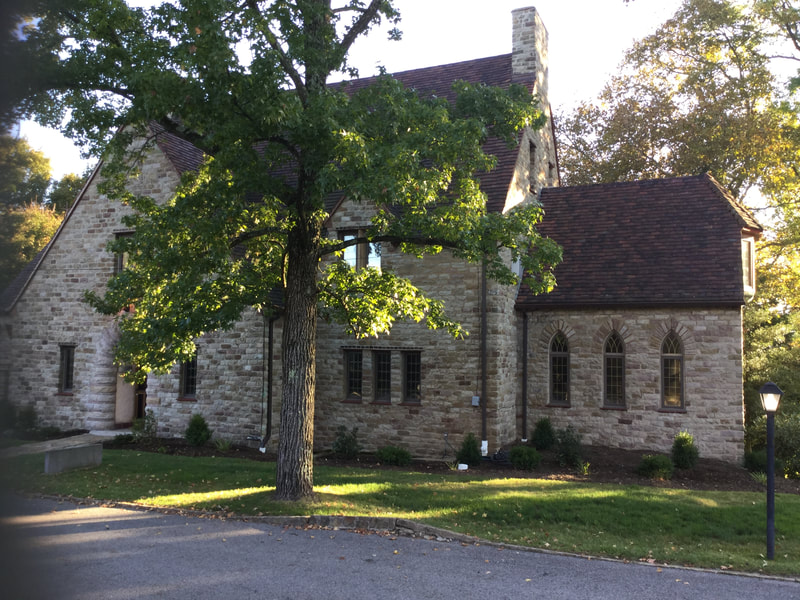
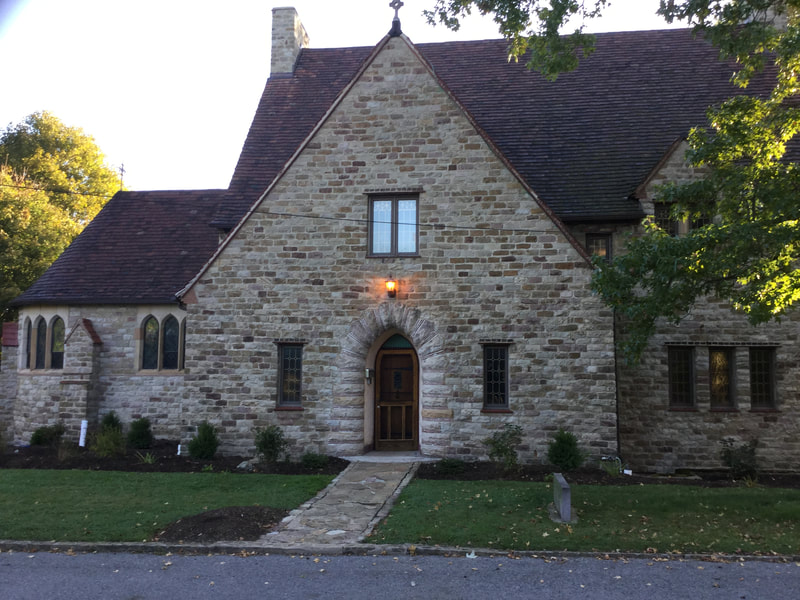
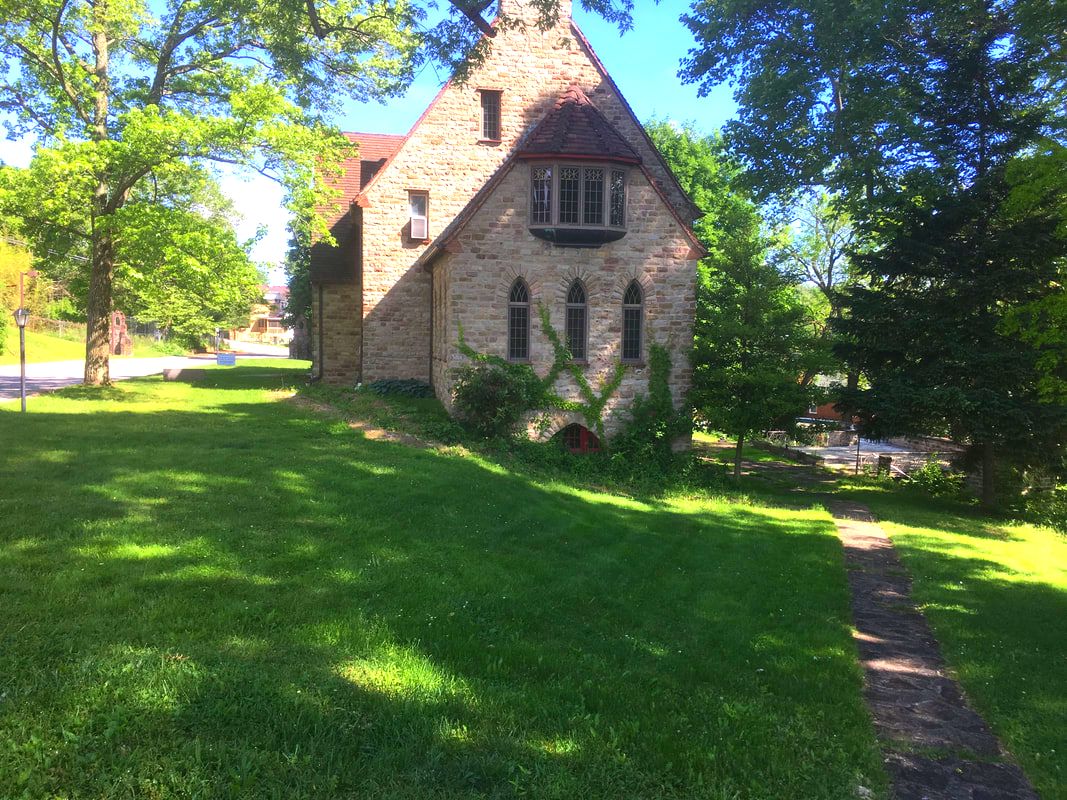
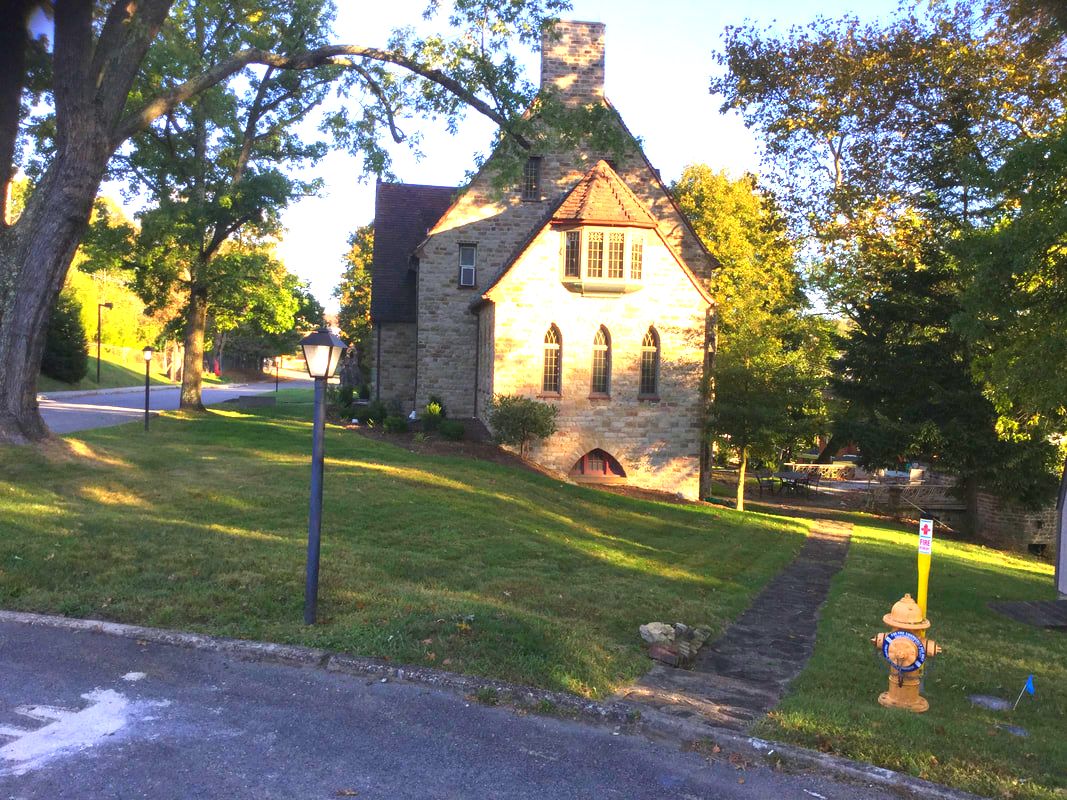
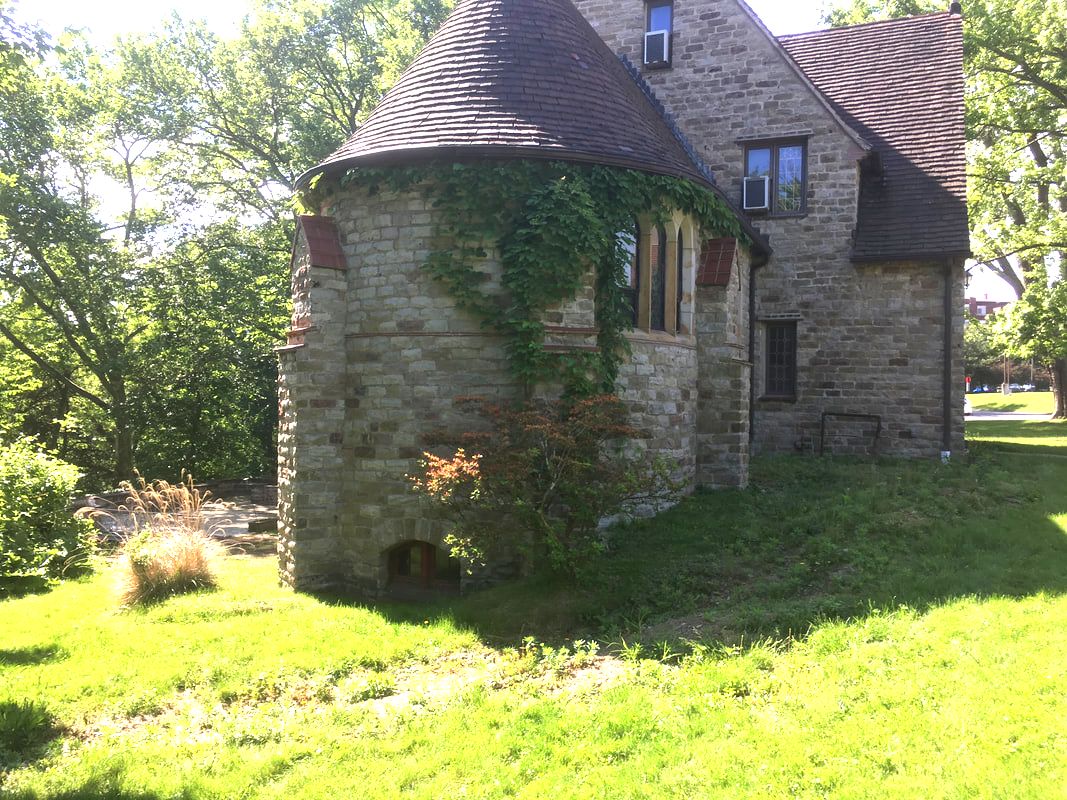
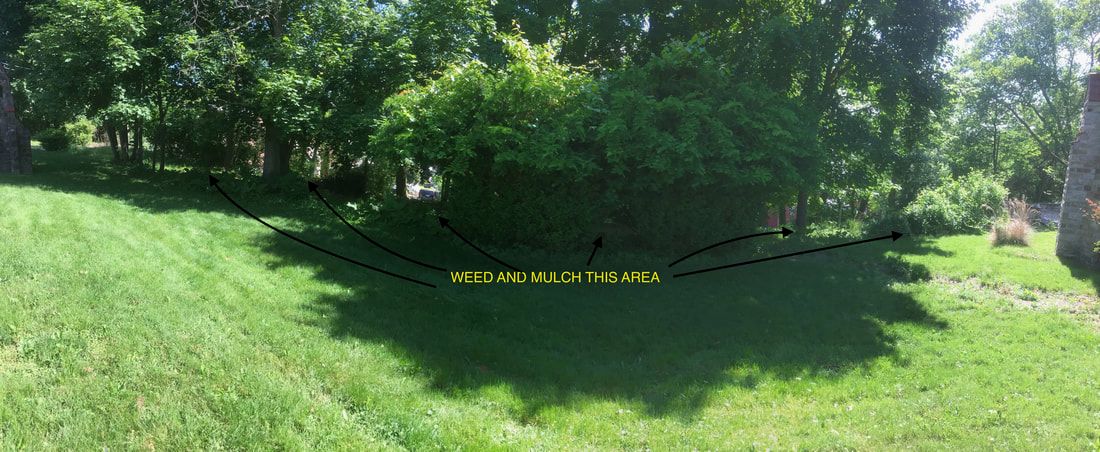
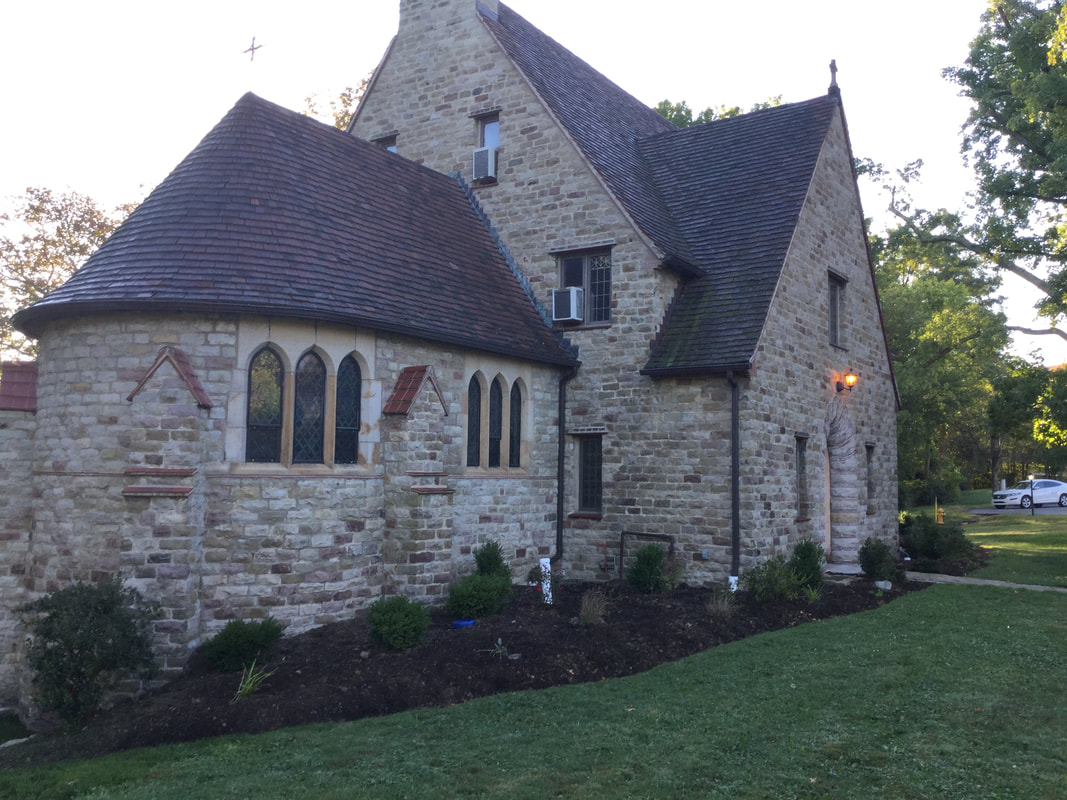
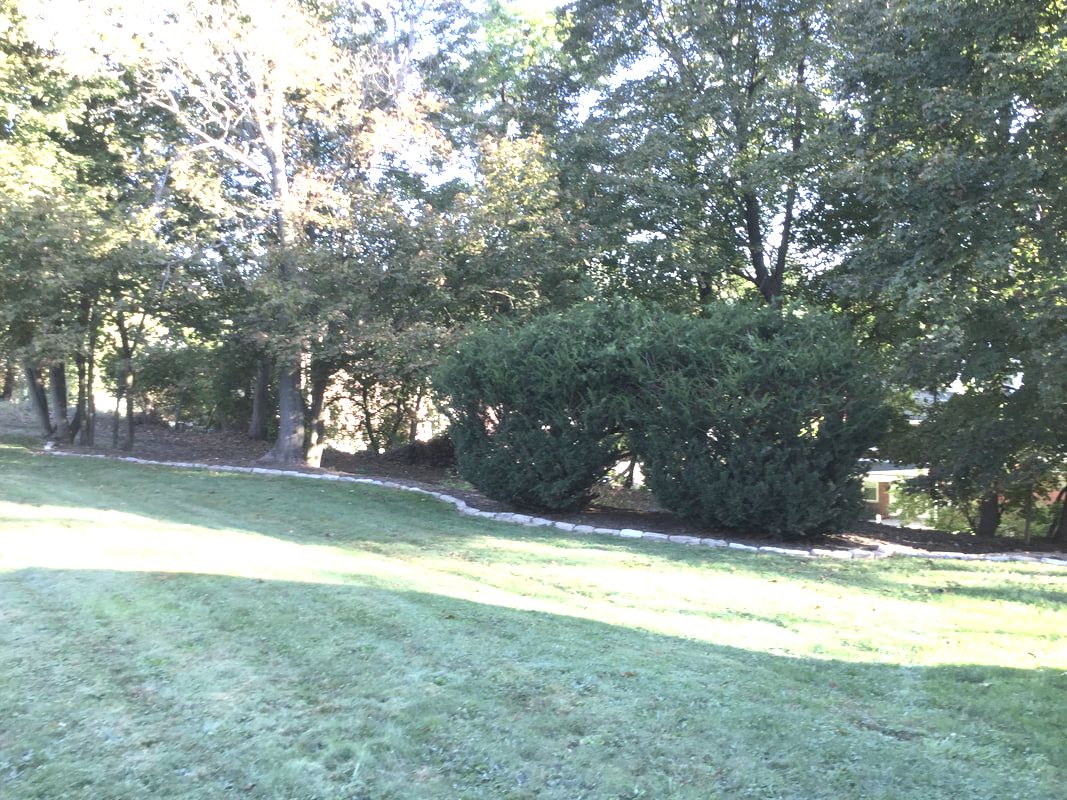
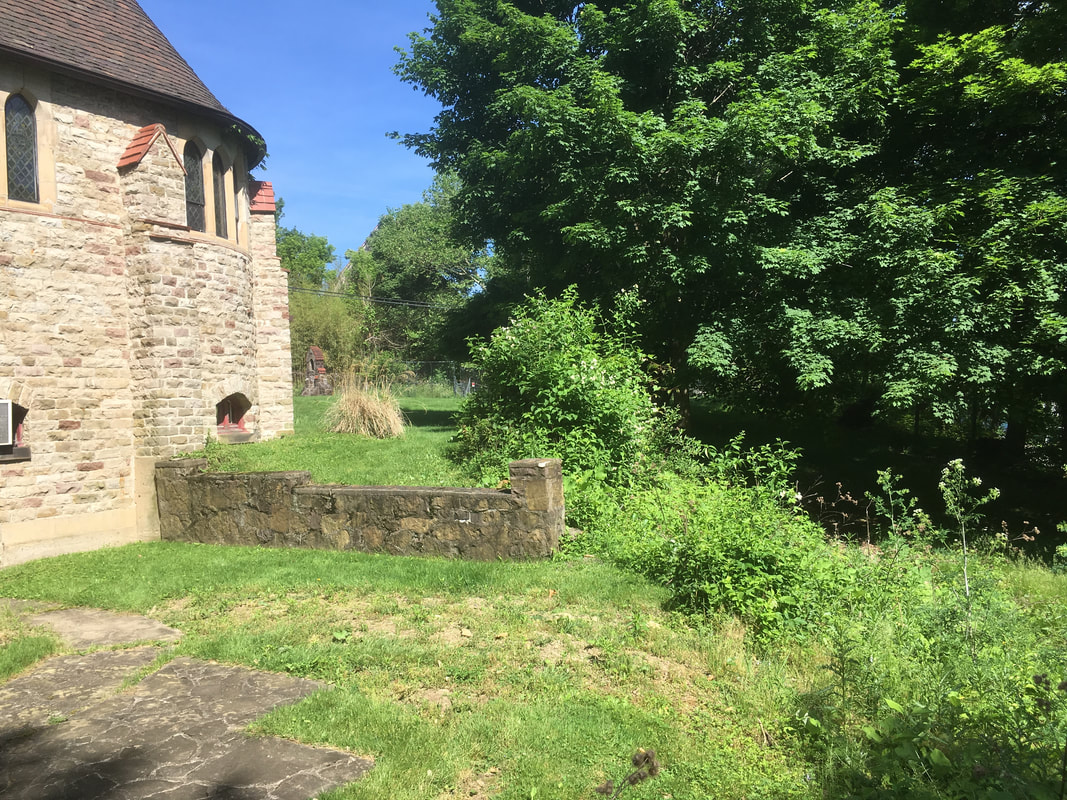
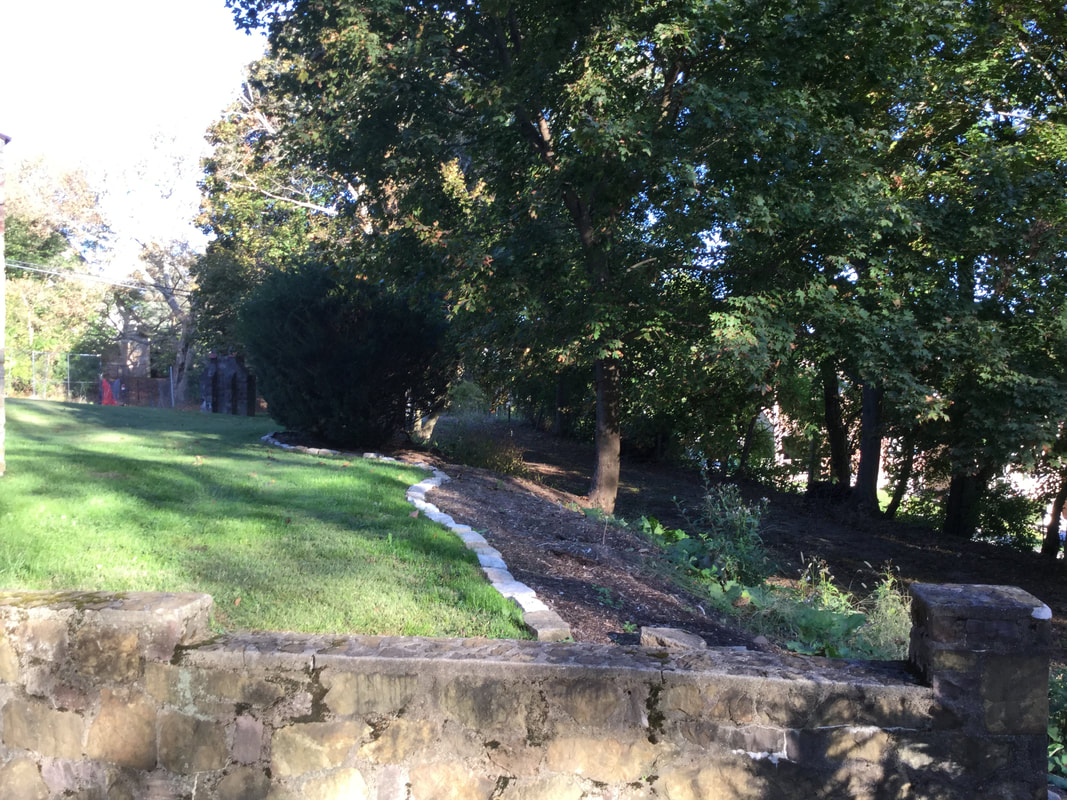
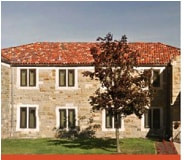
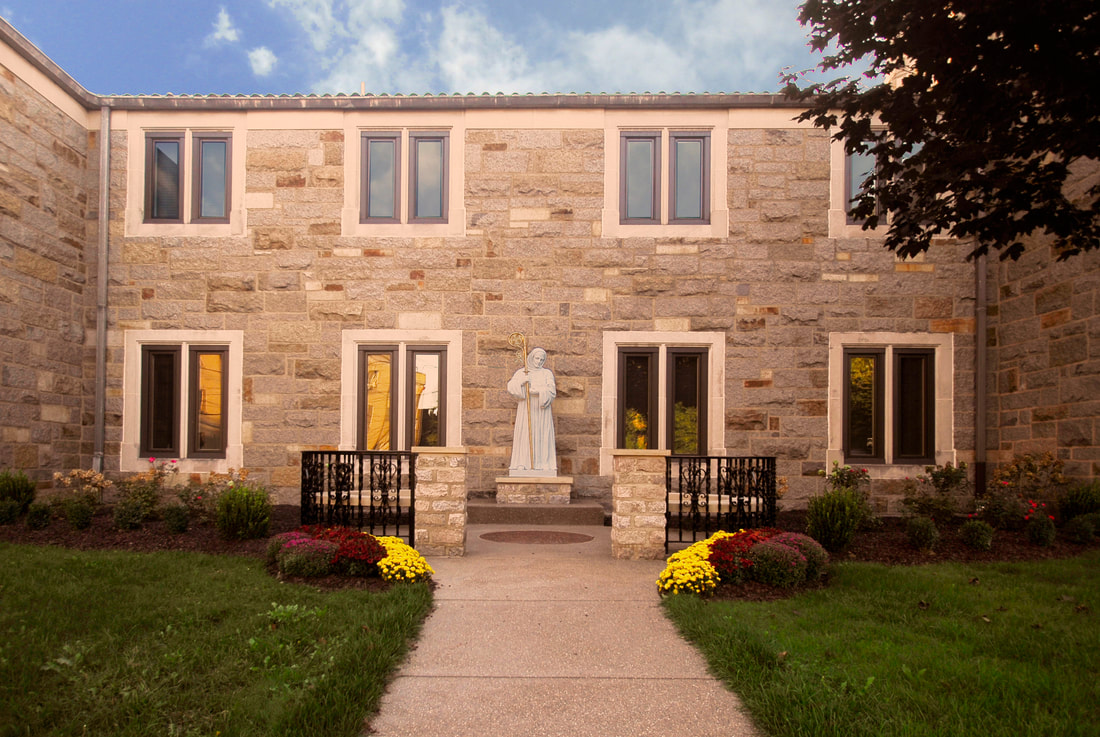
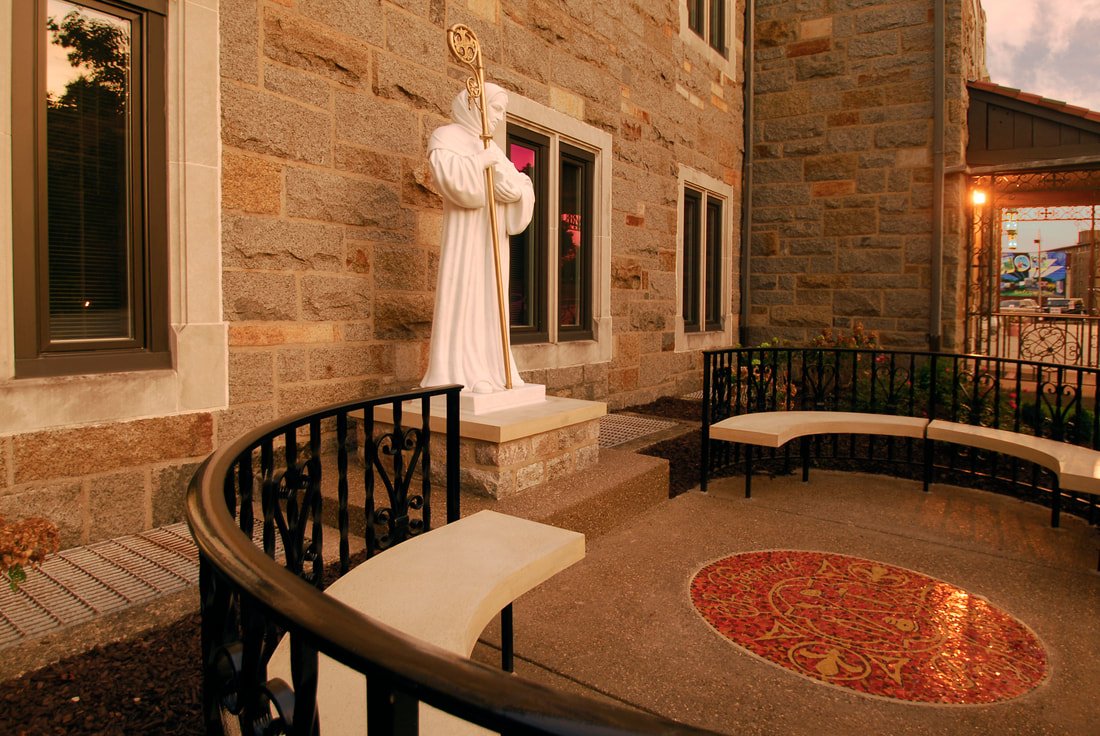
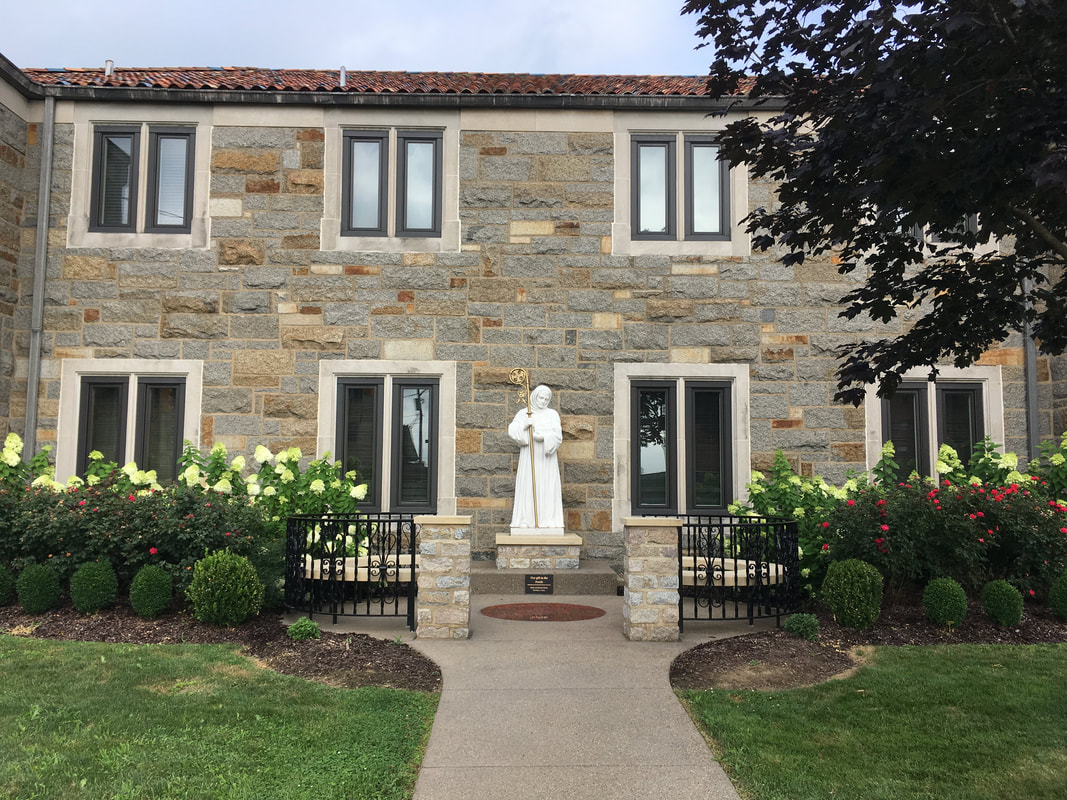
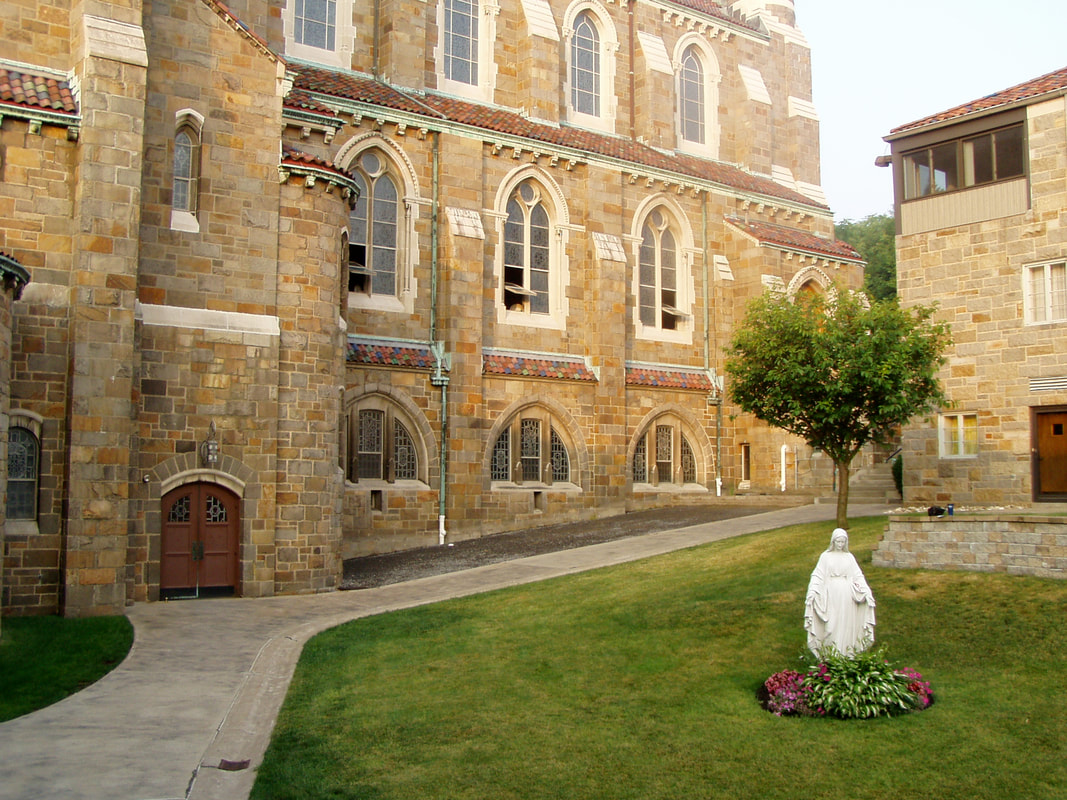
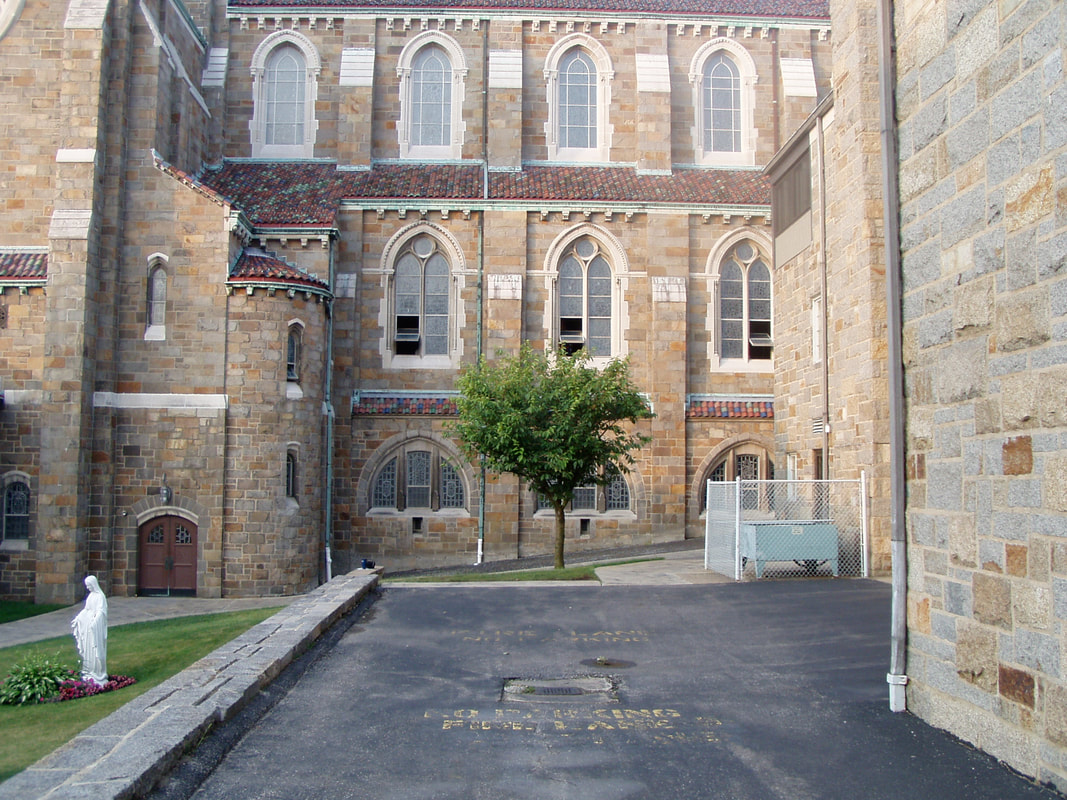
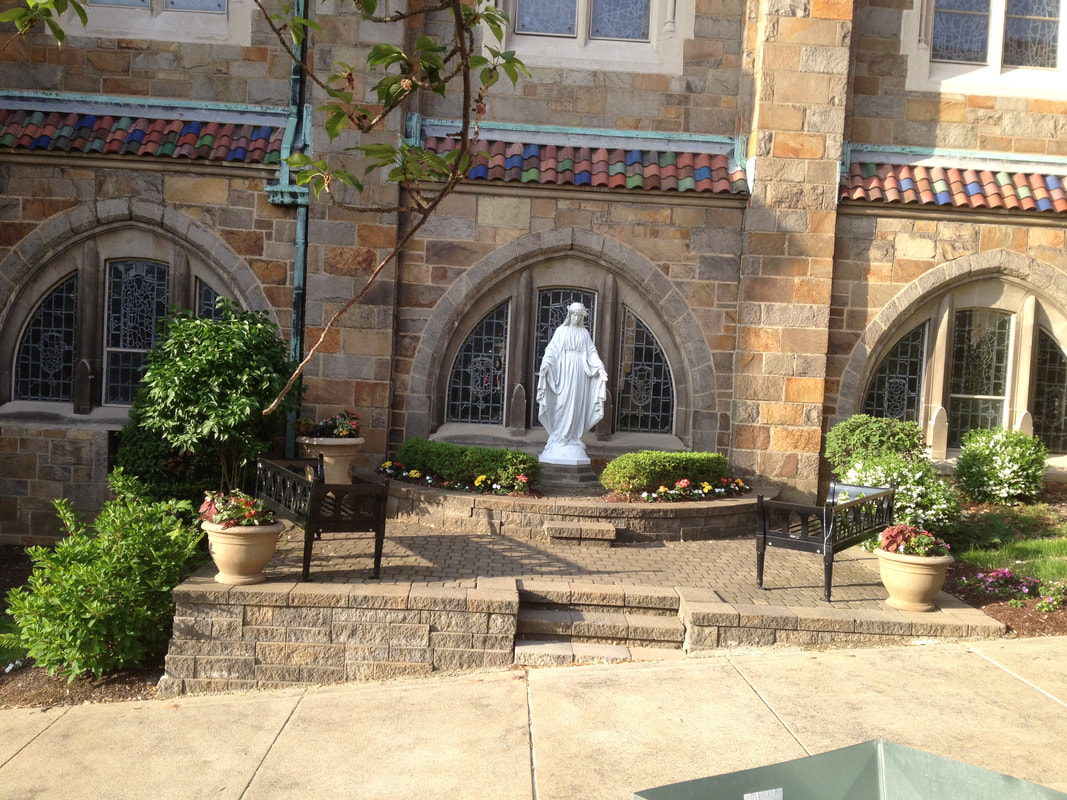
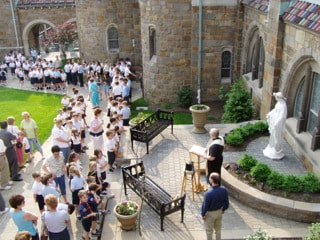


 RSS Feed
RSS Feed